Medical Chatbots Use Cases, Examples and Case Studies of Generative Conversational AI in Medicine and Health
A chatbot like that can be part of emergency helper software with broader functionality. If you are interested in knowing how chatbots work, read our articles on voice recognition applications and natural language processing. Chatbot algorithms are trained on massive healthcare data, including disease symptoms, diagnostics, markers, and available treatments. Public datasets are used to continuously train chatbots, such as COVIDx for COVID-19 diagnosis, and Wisconsin Breast Cancer Diagnosis (WBCD). Today there is a chatbot solution for almost every industry, including marketing, real estate, finance, the government, B2B interactions, and healthcare. According to a salesforce survey, 86% of customers would rather get answers from a chatbot than fill a website form.
- Public datasets are used to continuously train chatbots, such as COVIDx for COVID-19 diagnosis, and Wisconsin Breast Cancer Diagnosis (WBCD).
- In order to effectively process speech, they need to be trained prior to release.
- So if you’re assessing your symptoms in a chatbot, you should know that a qualified doctor has designed the flow and built the decision tree, in the same manner, that they would ask questions and reach a conclusion.
- It is a question that frequently leaves me disappointed with the responses…
- Babylon Health is an app company partnered with the UK’s NHS that provides a quick symptom checker, allowing users to get information about treatment and services available to them at any time.
In 2022, The Healthcare industry has become the most imperative and vital for survival. With the pandemic surge, millions of people always look for easy and quick access to health information facilities. Thus, the sector needs highly advanced and proficient tools to match the demand. At Topflight, we’ve been lucky to have worked on several exciting chatbot projects.
Winning Customers with a Unique Value Proposition
Simple questions concerning the patient’s name, address, contact number, symptoms, current doctor, and insurance information can be used to extract information by deploying healthcare chatbots. Many healthcare service providers are transforming FAQs by incorporating an interactive healthcare chatbot to respond to users’ general questions. A well-designed healthcare chatbot can schedule appointments based on the doctor’s availability. Also, chatbots can be designed to interact with CRM systems to help medical staff track visits and follow-up appointments for every individual patient, while keeping the information handy for future reference.
They can track the customer journey to find the person’s preferences, interests, and needs. Teaching your new buyers how to utilize your tool healthcare chatbot use case diagram is very important in turning them into loyal customers. Think about it—unless a person understands how your service works, they won’t use it.
Not providing an option to reach a human
The IAB develops industry standards to support categorization in the digital advertising industry; 42Matters labeled apps using these standards40. Relevant apps on the iOS Apple store were identified; then, the Google Play store was searched with the exclusion of any apps that were also available on iOS, to eliminate duplicates. A chatbot symptom checker leverages Natural Language Processing to understand symptom https://www.metadialog.com/ description and ultimately guides the patients through a relevant diagnostic pursuit. After the bot collects the history of the present illness, machine learning algorithms analyze the inputs to provide care recommendations. This feedback concerning doctors, treatments, and patient experience has the potential to change the outlook of your healthcare institution, all via a simple automated conversation.
Apps were identified using 42Matters software, a mobile app search engine. Apps were assessed using an evaluation framework addressing chatbot characteristics and natural language processing features. Most of the 78 apps reviewed focus on primary care and mental health, healthcare chatbot use case diagram only 6 (7.59%) had a theoretical underpinning, and 10 (12.35%) complied with health information privacy regulations. Our assessment indicated that only a few apps use machine learning and natural language processing approaches, despite such marketing claims.
